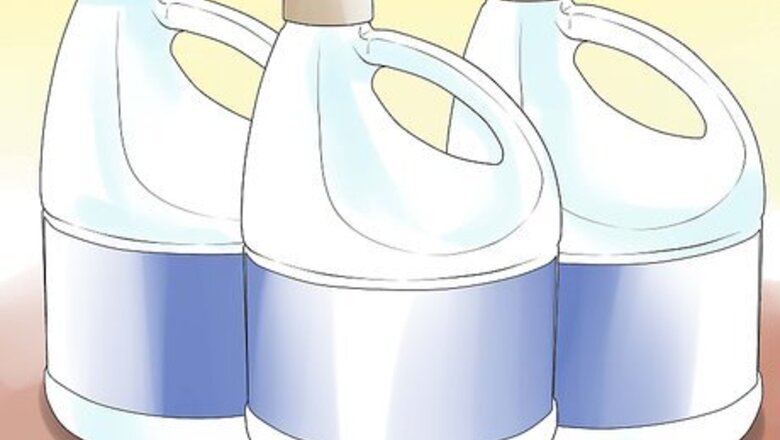
views
Neutralizing Bleach on Fabric
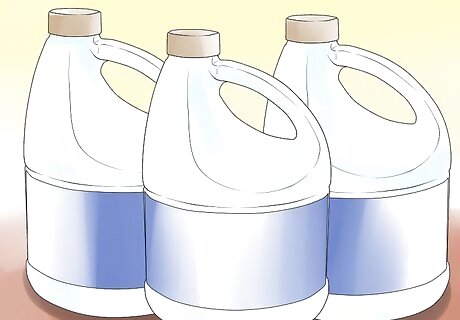
Buy a neutralizing agent. There are several cost-effective choices for neutralizing chlorine bleach (commonly sold under the brand name Clorox), which is the kind used in washing and for decorating or changing the color of fabric products. It also contains sodium hydroxide (lye) to stabilize the hypochlorite. The lye is difficult to rinse out completely and will slowly destroy cotton. To fully neutralize the lingering effects of chlorine bleach the hypochlorite and the lye must be neutralized, too. If you’re using bleach for decorative effects on cotton, denim, or other natural fabrics, you can try one of these options: Bisulfite/metabisulfite is very inexpensive. It is sold under the brand name Anti-Chlor, and you only need to use a small amount to neutralize bleach. You can usually find bisulfite at dye suppliers or you can get Camden Tablets (which have the same ingredient) from a wine brewing supply company. Thiosulfate, which is called Bleach Stop, can typically be found at a local photography supply store, as it is commonly used in developing photographs. This is a more expensive option than bisulfite, and it’s not as strong so you’ll need to use more. Vitamin C/Ascorbic acid: Ascorbic acid neutralizes both the hypochlorite and the lye. You will find it in most food stores or pharmacies under its common name, vitamin C. Yes, get the cheapest vitamin C you can find and grind the tablets up into powder to dissolve in your rinse water. Hydrogen peroxide is the most easily obtainable of the neutralizers; you can find it at drugstores and grocery stores. This is an inexpensive choice, and it works well for people with asthma, who may be sensitive to the other compounds, which contain sulfur. Opt for the 3% solution.
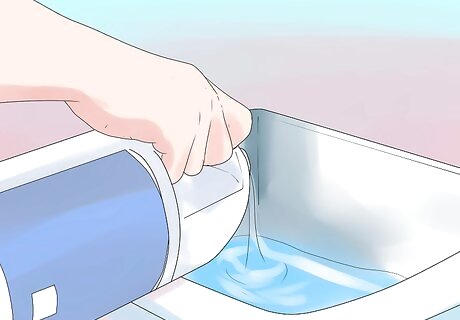
Measure your neutralizing agent. The amount of neutralizing agent required will depend on which one you’ve chosen. Anti-Chlor: use 1 teaspoon (4.9 mL) per 4 cups (950 mL) of water. Bleach Stop: 1 ounce by weight (30 grams) per 1 gallon (3.8 L) of water. Vitamin C/Ascorbic acid: Crush up 4-6 tablets and add the powder to enough water to submerge the fabric. Hydrogen peroxide: 1 part hydrogen peroxide to 10 parts water.
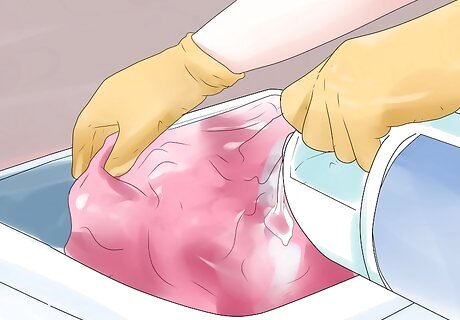
Bleach your fabric. Following the directions on the bottle, use the bleach to achieve the desired effect/shade on your fabric.
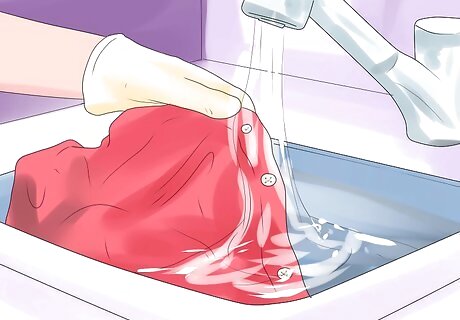
Rinse the fabric. Before you use your neutralizer, you want to rinse the fabric well with warm water to remove all of the bleach. Fill your bucket or stationary tub with rinse water before you begin bleaching. This way, you can be sure to get the bleach off your fabric as soon as necessary so you don’t remove more than the desired amount of color.
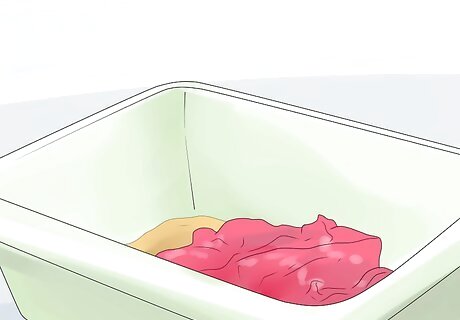
Soak the bleached fabric in neutralizer. Soak your fabric in the neutralizing agent mixed with the appropriate amount of warm water. Depending on the size of the fabric item(s) you may want to use a bucket or a stationary tub. It may or may not be cost-effective for you to do your neutralizing in the washing machine. Whatever neutralizing agent you use, the quantity needed depends upon the quantity of bleach remaining in the material that has been bleached, not the amount of water. Fabric should soak in the neutralizer for about 10 minutes.
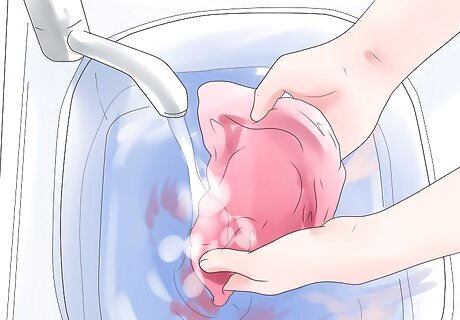
Wash and rinse. Wash your neutralized fabric in warm water with laundry detergent and rinse well.
Neutralizing Bleach on Wood
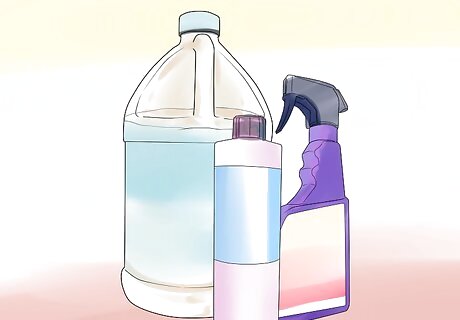
Determine what neutralizing agent you need. Different types of wood bleaching processes require different types of bleach, and different types of bleach, in turn, call for different types of agents to neutralize their action. If you’ve used alkali peroxide—which is popular for lightening the color of wood—you will want to neutralize with white vinegar. This is an inexpensive neutralizer that you can find at your local grocery store. When bleaching with oxalic acid, which is good for removing stains such as iron, you want to use baking soda as a neutralizer. Like white vinegar, baking soda is cheap and can be easily found at the grocery store. Chlorine bleach used on wood only needs to be rinsed several times with distilled water.
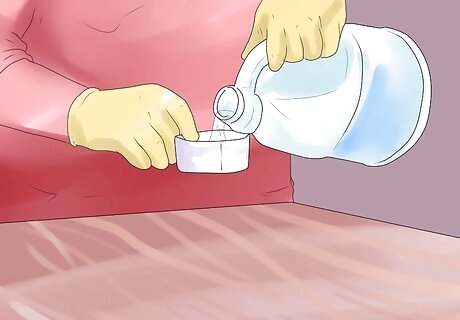
Bleach your wood. Use your chosen bleach to remove the stain from your piece of wood, or to lighten its color, allowing the bleach to sit for the recommended amount of time.
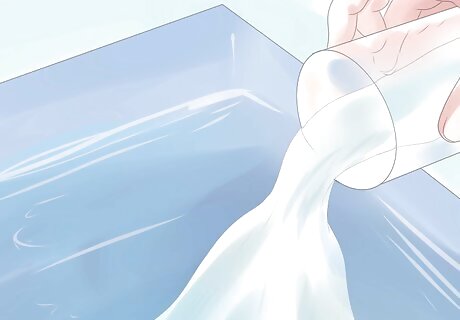
Rinse the wood. Once you have achieved your cleaning or color lightening goal, rinse the wood several times using distilled water before you move on to any neutralizing methods. This will be sufficient for neutralizing the effects of chlorine bleach.
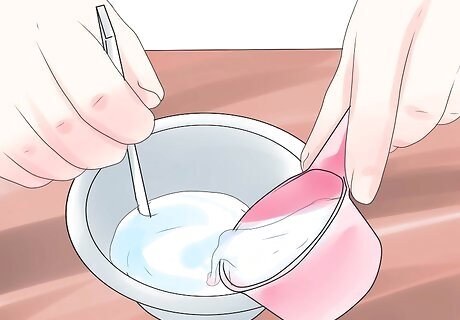
Mix your neutralizer. If you are using vinegar to neutralize peroxide bleach, mix 1 part vinegar to 1 parts water. To neutralize oxalic acid, mix 2 tablespoons (2.8.8 g) of baking soda with 1 cup (240 mL) of hot water.
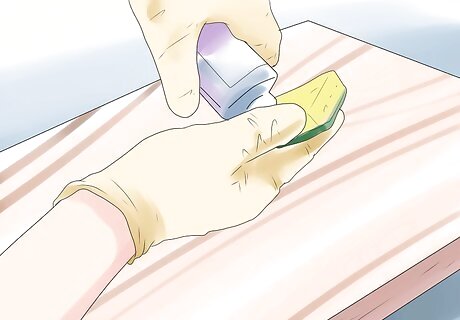
Apply your neutralizing agent. Use a sponge or a rag to apply the neutralizing agent to your wood in any place that the bleach has touched and allow it to dry.


















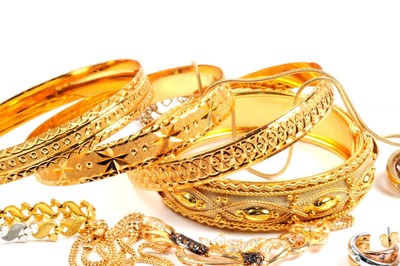
Comments
0 comment